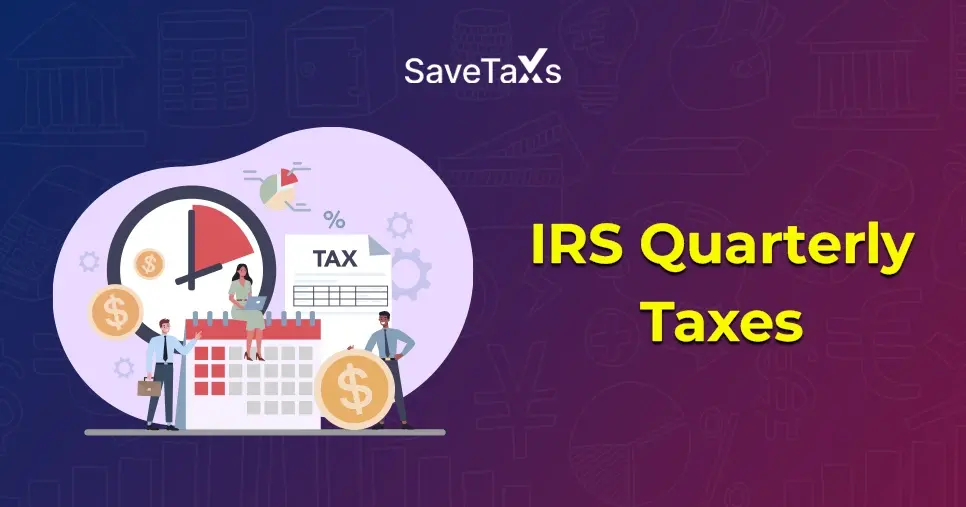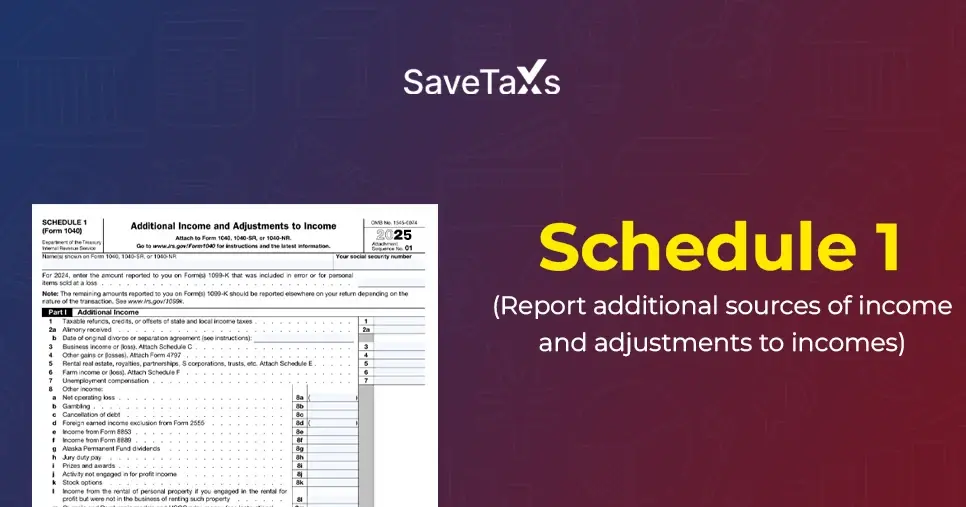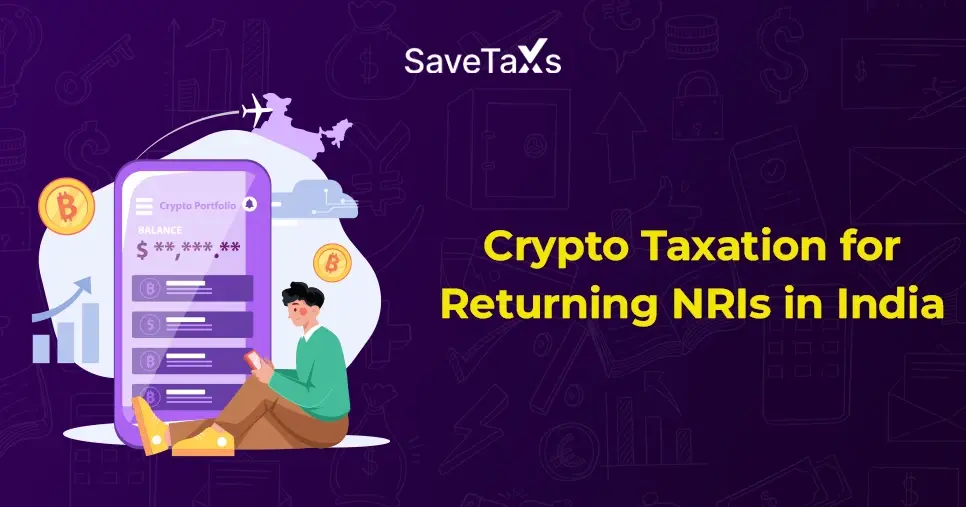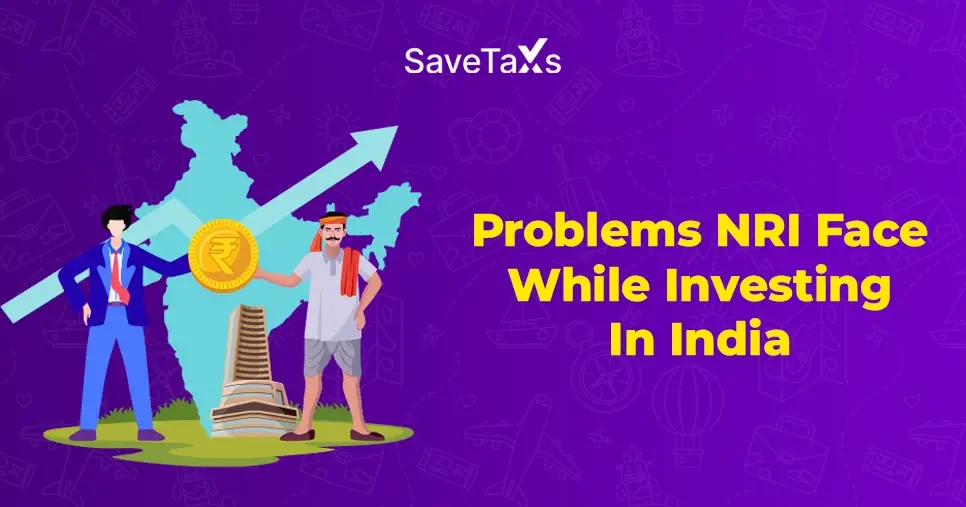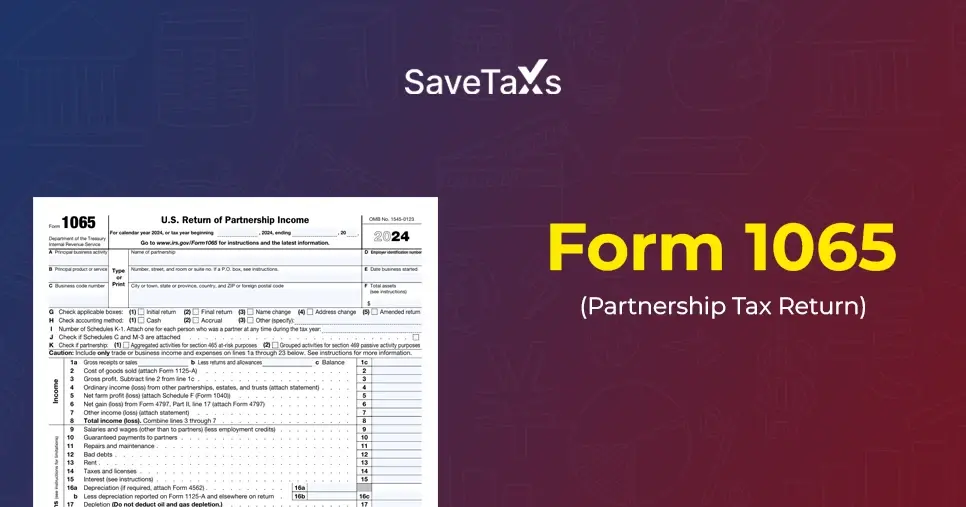As a non-resident Indian, section 80CCD comes as a holy grail for you to reduce your tax liability by claiming up to Rs 2 lakhs in tax deduction on your income earned in each year. These sections have tax-saving provisions that are effective for the contributions made to the Atal Pension Yojana (APY) or National Pension Scheme (NPS).
In this blog, we will delve into the entire section, providing smart planning tips for NRIs to utilize Section 80CCD and more.
What is Section 80CCD?
This section is a provision under the Income Tax Act 1961 that provides a deduction on contributions made by the taxpayer to the central government-notified pension schemes, which are primarily Atal Pension Yojana (APY) and National Pension Scheme (NPS).
If you are a non-resident Indian whose income earned in India is stable, this section will help reduce your tax liability while accumulating your retirement funds.
Components Under Section 80CCD?
Section 80CCD of the Income Tax Act 1961 has three main components that work together to maximize the tax benefits of the taxpayer.
- Section 80CCD (1) for the personal contributions of individuals.
- Section 80CCD(2) for employer contributions.
- Section 80CCD(1B) for offering an additional Rs 50,000 deduction over the main limit.
Let us Talk About Each Component in Detail:
Section 80CCD (1): This section allows the taxpayer to claim a tax deduction benefits for their contributions made to any of the central government-notified pension schemes, which include NPS or APY. If you are employed, the deduction limit is 10% of your salary or 20% of your gross income if you are self-employed, capping at Rs 1.5 lakhs every year. This deduction falls under the combined Rs 1.5 lakh limit, which includes the deductions under Section 80C and 80CCC.
Section 80CCD(1B): This section has an additional deduction of Rs 50,000 over the central limit only for the contributions made for NPS. This section brings your total deduction potential to Rs 2 lakh.
Section 80CCD (2): This section covers the employee contribution ot the NPS account.
The Union budget 2024 has increased the limit to 14% from 10% of salary for all employees, be it in the central government or the private sector. To qualify for these taxes, you must be:
- Between the ages of 18 - 60.
- You have to contribute a minimum of Rs 6000 annually to a National Pension Scheme, NPS Tier 1 account.
Although the withdrawal rules apply to NPS investment over the EEE, which is an Exempt-Exempt-Exempt tax benefit structure, individuals can withdraw up to 60% of the retirement funds at maturity, and the remaning 40% must be used in purchasing an annuity.
Hence, this is how section 80CCD of the Income Tax Act 1961 allows you to reduce your tax liability in India while securing your future with retirement funds. NRIs get full advantage when they invest in a national pension scheme, which reduces their current tax liability while building a bank for retirement through various investment options, which include government-secured and educational funds.
However, NRIs or even the Indian residents must note that the interest amount earned under the Atal Pension Yojana (APY) or National Pension Scheme (NPS) is taxable in India.
Section 80CCD vs Section 80C
Although the section helps to reduce the taxable income of the taxpayer, it applies to different types of investments. Section 80C encompasses a range of investment instruments, including ELSS, life insurance premiums, transaction fees, and home loan principal repayments.
Section 80CCD is exclusively for Atal Pensions Yojna (APY) and National Pensions Scheme (NPS).
Schemes Under 80CCD
Let us talk about the two major schemes under 80CCD
National Pension Scheme Under 80CCD
National Pension Scheme or NPS is a regulated pension scheme for self-employed, private, and government employees. This scheme is a crucial investment instrument for you to create your retirement bank in India.
A taxpayer must contribute to the NPS until the age of 70. This is mandatory for central government employees, and for other individuals, it is voluntary.
For an individual to be eligible for a tax deduction under the NPS Tier 1 account, the requirement is to contribute a minimum of Rs. 6000 per annum or Rs. 500 per month.
For individuals to be eligible for tax deduction under NPS Tier 2 account, the requirement is to contribute a minimum of Rs 2000 per annum or Rs 250 per month.
Atal Pension Yojana (APY) under 80CCD
Atal Pension Yojana (APY) is a helpful scheme for securing the retirement of individuals. This pension scheme ensures a minimum pension payment to the investor after getting retired.
Under APY the deduction is for up to Rs 1.5 Lakh, which is eligible under section 80CCCD. However, please note that an additional investment of up to Rs 50,000 is eligible for tax deduction under section 80CCB (1B).
More Valuable Deductions For NRIs
Apart from pensions, there are more valuable sections that NRIs can optimize to reduce their tax liability.
Section 80D: According to this section, NRIs or Indian residents can claim up to Rs 25,000 for the health insurance premiums.
Section 80G: As per this section, individuals can reduce their tax through donations to the eligible charitable organizations. However, the deduction percentage can vary from organization to organization.
Section 80E: A Taxpayer can claim an unlimited tax deduction on the interest on the educational loan (available or taken in the past years or by the time of repayment).
Section 80TTA: The Taxpayer can deduct up to Rs. 10,000 on the interest that has been earned from the NRO savings account.
NRIs must note that there is a specific deduction that is available to residents of Indian, which is not accessible to NRIs. This includes Section 80CCG (RGESS investments), Section 80U/80DD/80DDB (for differently-abled taxpayers), and investment schemes such as PPF, Senior citizens savings account, and NSCs.
Tips For NRIs For Using Section 80CCD Effectively.
For NRs looking to maximize their tax deductions under Section 80CCD, here are some tips to consider.
Strategic Planning: As a taxpayer, you can strategically split your NPS contribution to claim the maximum deduction. This is how:
- Contribution of up to Rs 1.5 lakh under Section 80CCD(1).
- Then add another Rs. 50,000 under section 80CCD (1B).
Through this, you might be able to get the maximum deduction of Rs 2 lakhs in a year.
For instance, if a taxpayer has already exhausted their Rs 1.5 lakh limit under Section 80C through other investments, such as Life Insurance or any other. They can still reduce their taxable income by contributing Rs 50,00 to the NPS and claiming it back under Section 80CCD(1B).
Consideration for NRIs: If an NRI is investing in National Pension Schemes, they must remember:
- The NPS contributions must be to the Tier 1 account to qualify for tax benefits.
- NRIs can make contributions through NRE and NRO accounts.
- NPS offers the triple-E, which is the Exempt-Exempt-Exempt advantage.
Investment Allocation: As an NRI, if you are planning an investment mix, consider exploring across NPS:
- Equity funds have a good growth potential.
- Corporate bonds are specifically for stability.
- Government securities for safety.
Expert Assistance For NRIs On Section 80CCD
By now, we have understood section 80CCD, how it offers a great way for NRIs to reduce their taxation liability while banking their retirement funds in India. However, for NRIs, juggling among different tax-saving investment schemes, which are governed by different sections like 80C, 80CCC, 80CCCD, and more, can feel overwhelming, and this is the time when an NRI tax expert can guide you the best.
This is the time when Savetaxs steps in. We have been helping NRIs like you for decades with taxation services and consultations. Our expert team of individuals brings over 30 years of experience in Indian and foreign tax law, ensuring your tax refund is maximized to the absolute maximum limit.
Serving 24/7 across all time zones, Savetaxs ensures our clients are provided with the best taxation consultancy services available. What sets us apart is our NRI-centric approach, tailored to meet every client's unique needs and goals.
Note: This guide is for informational purposes only. The views expressed in this guide are personal and do not constitute the views of Savetaxs. Savetaxs or the author will not be responsible for any direct or indirect loss incurred by the reader for taking any decision based on the information or the contents. It is advisable to consult with either a Chartered Accountant (CA) or a professional Company Secretary (CS) from the Savetaxs team, as they are familiar with the current regulations and help you make accurate decisions and maintain accuracy throughout the whole process.

Mr Varun is a tax expert with over 13 years of experience in US taxation, accounting, bookkeeping, and payroll. Mr Gupta has not prepared and reviewed over 5000 individual and corporate tax returns for CPA firms and businesses.
- Form ITR-V: How to Download Your ITR-V from the Income Tax Portal?
- Tax on Dividend Income: Do I Need to Pay Tax on Dividend Income?
- Section 144 of the Income Tax Act: Best Judgement Assessment
- Donations Under Section 80G and 80GGA Of The Income Tax Act
- TDS Certificate Form 16A For NRIs: TDS on Indian Income
Want to read more? Explore Blogs
Frequently Asked Questions
No matter what your source of income is, we've got you covered. There’s a plan for everybody!
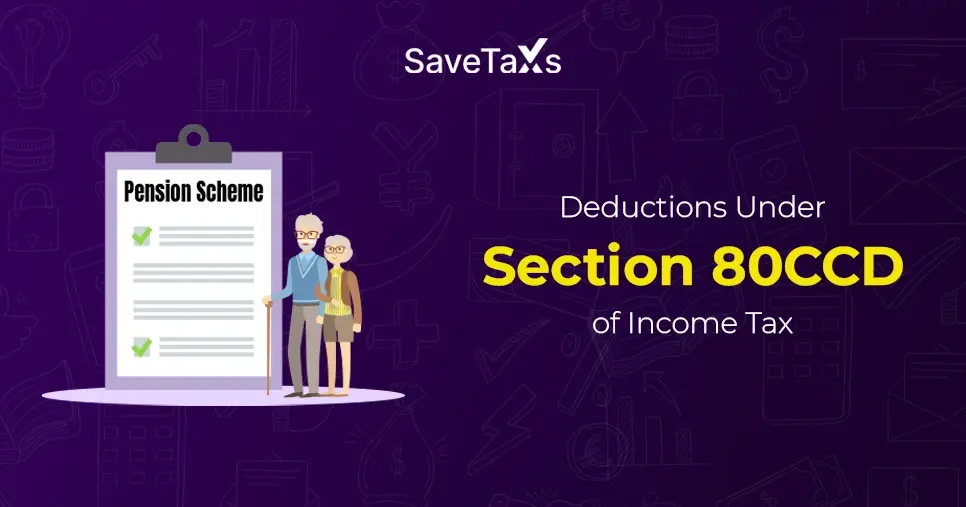


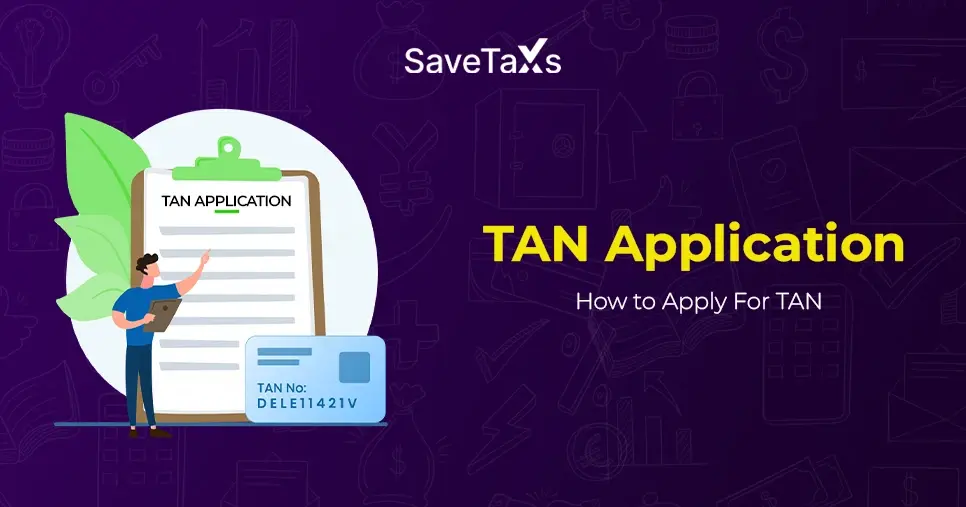
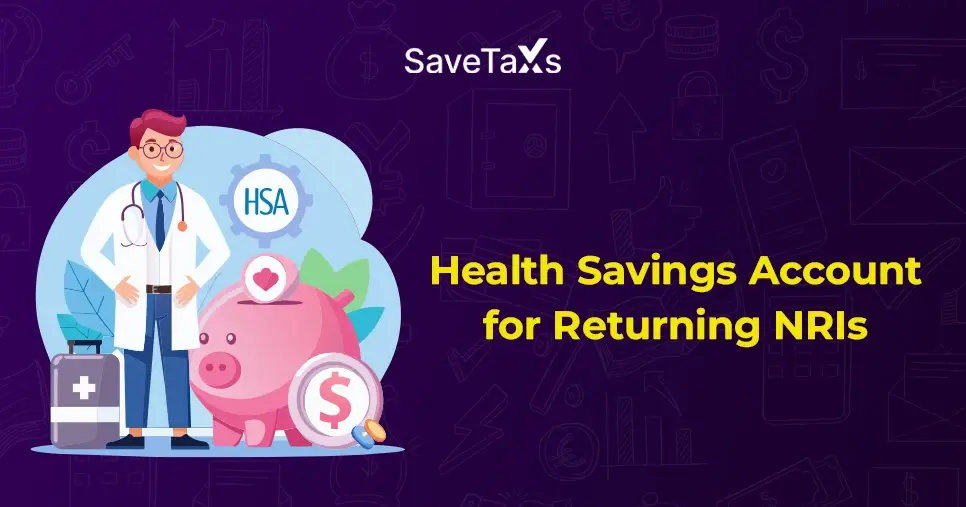
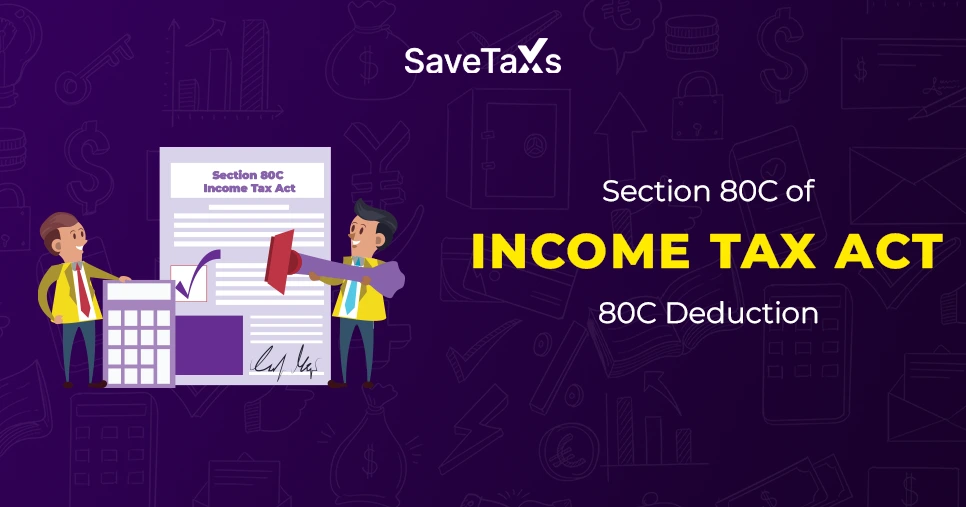
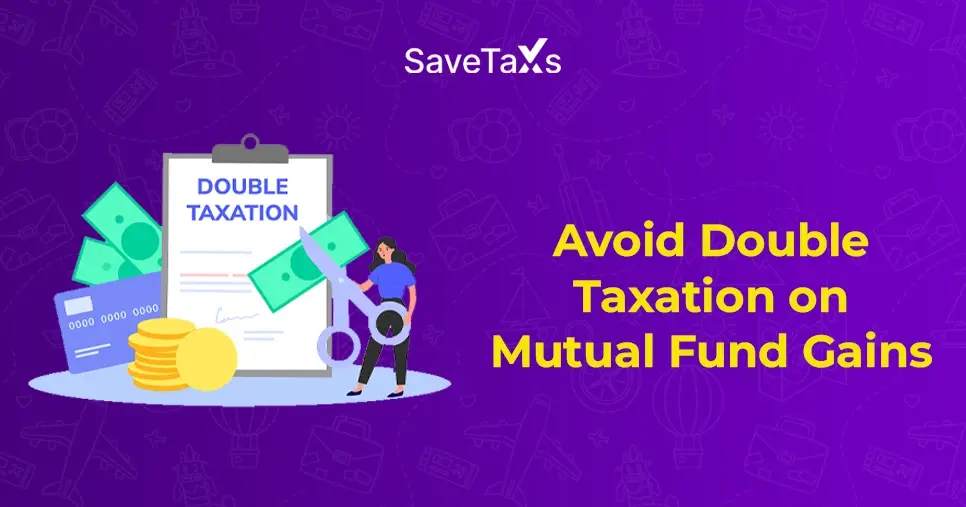
_1767339016.png)
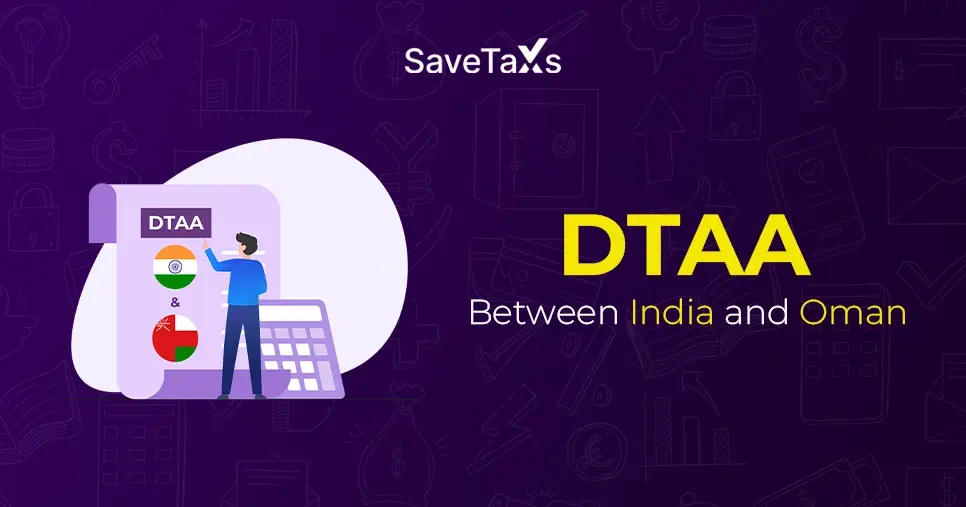

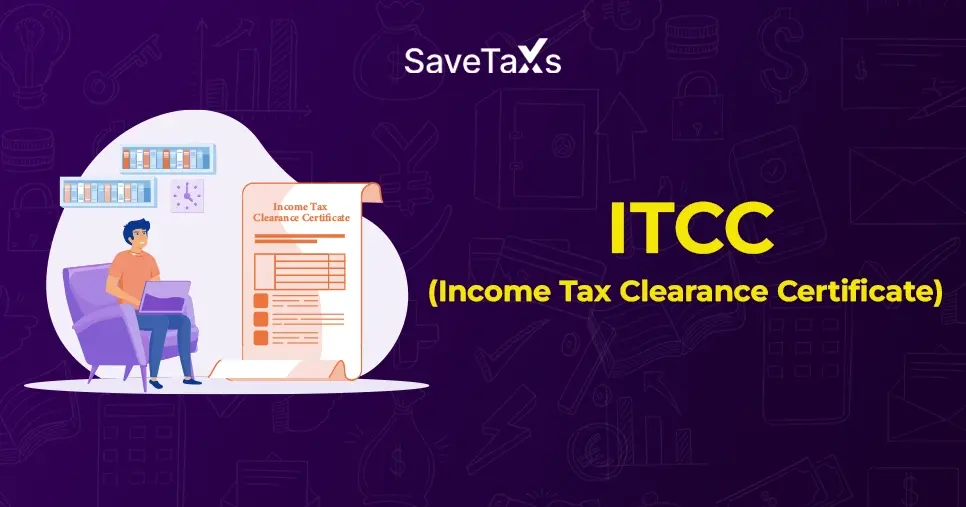
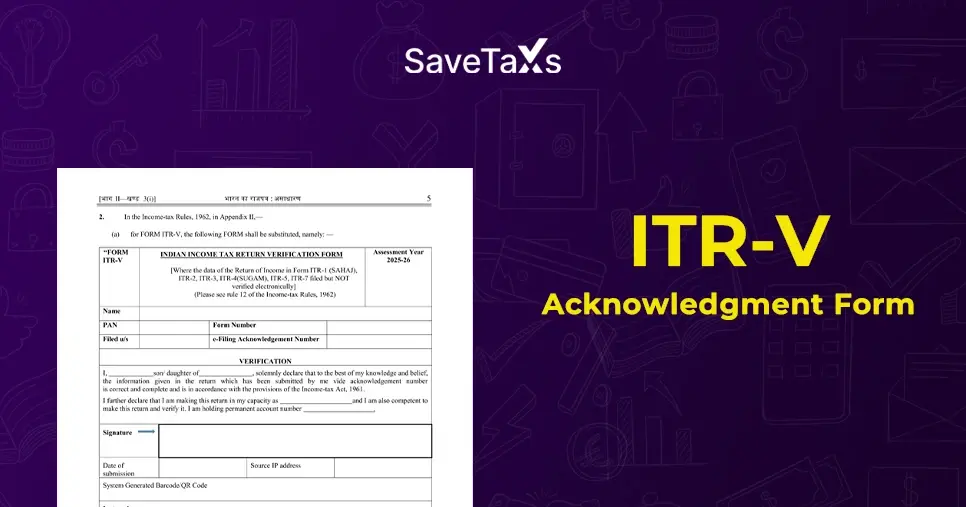
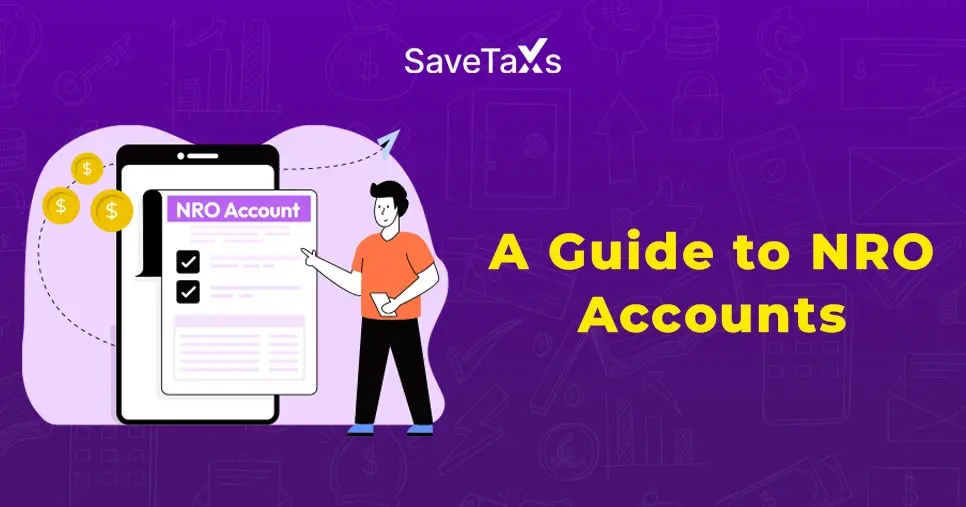
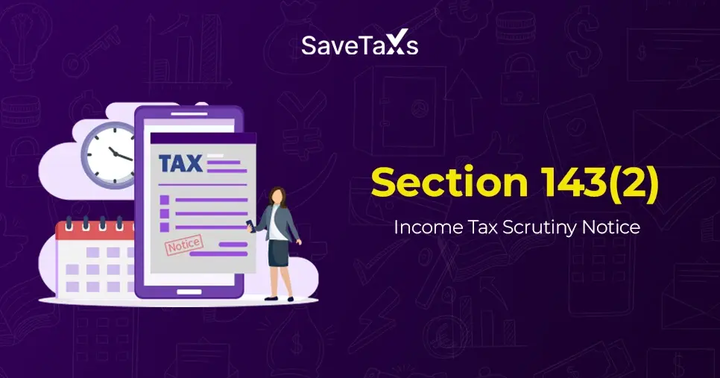
_1767780160.webp)

